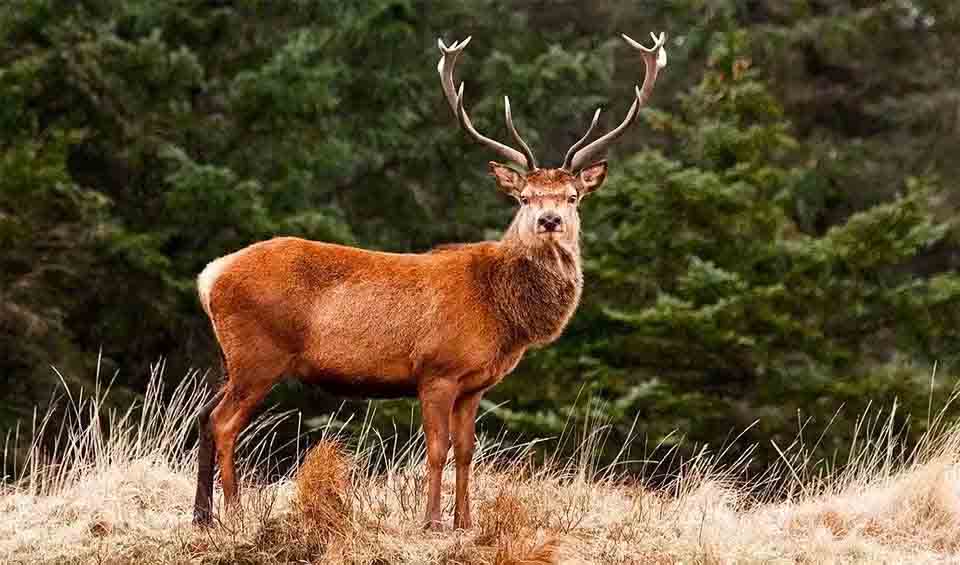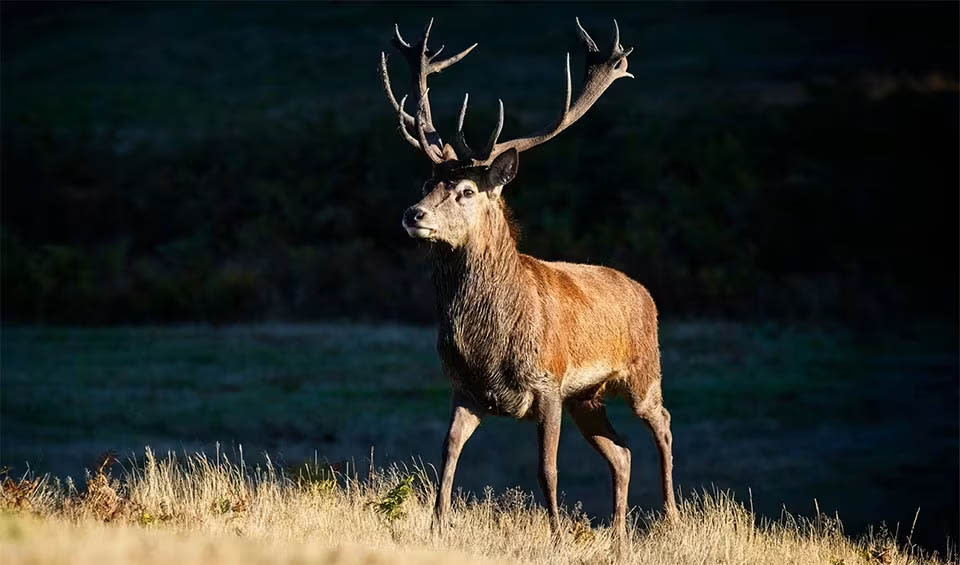Cervus – Red & Sika deer
They are featured prominently in art, mythology, and as symbols in heraldry
It encompasses some of the most well-known and widely distributed deer species, including the iconic red deer and elk (also known as wapiti in North America). Members of this genus are celebrated for their impressive antlers, which are typically grown annually by males and used in mating displays and battles for dominance. They are large, hoofed mammals with powerful bodies and long legs, adapted for running and jumping. The males are particularly noted for their antlers, which can grow to be very large and are shed and regrown each year. Females, on the other hand, generally do not have antlers. The coat color and patterns can vary seasonally and by individual, ranging from reddish-brown to grayish-brown, helping them blend into forest environments.
The Cervus species inhabit a variety of environments, from temperate forests to subalpine meadows and even semi-arid areas. Their adaptability to different habitats has allowed them to thrive across continents, although habitat preferences can vary significantly among species. They are primarily herbivorous, feeding on a mix of grasses, leaves, twigs, and bark. They are ruminants, which means they have a specialized stomach to digest tough plant matter. Social structures vary by species and season, with some forming large herds while others remain more solitary or in small groups except during mating seasons, known as the rut when males vie for the attention of females through displays and combats.
Species in this genus
Thorold’s deer
One of the most remarkable — and underappreciated — deer species in the world
Red deer
Not only one of the largest deer species but also among the most majestic



